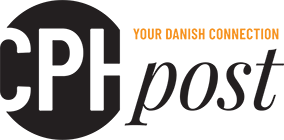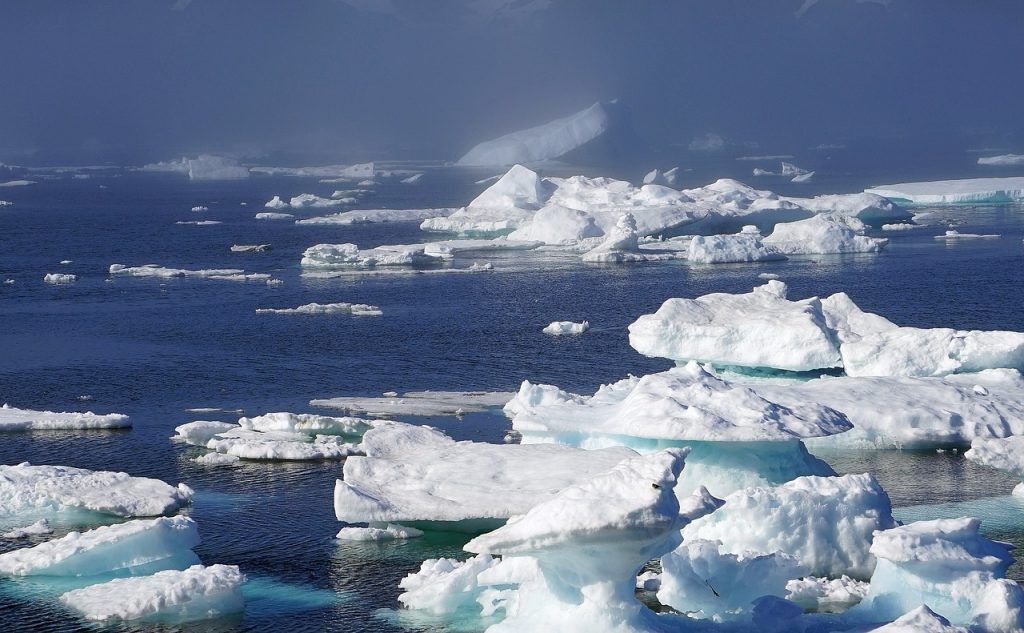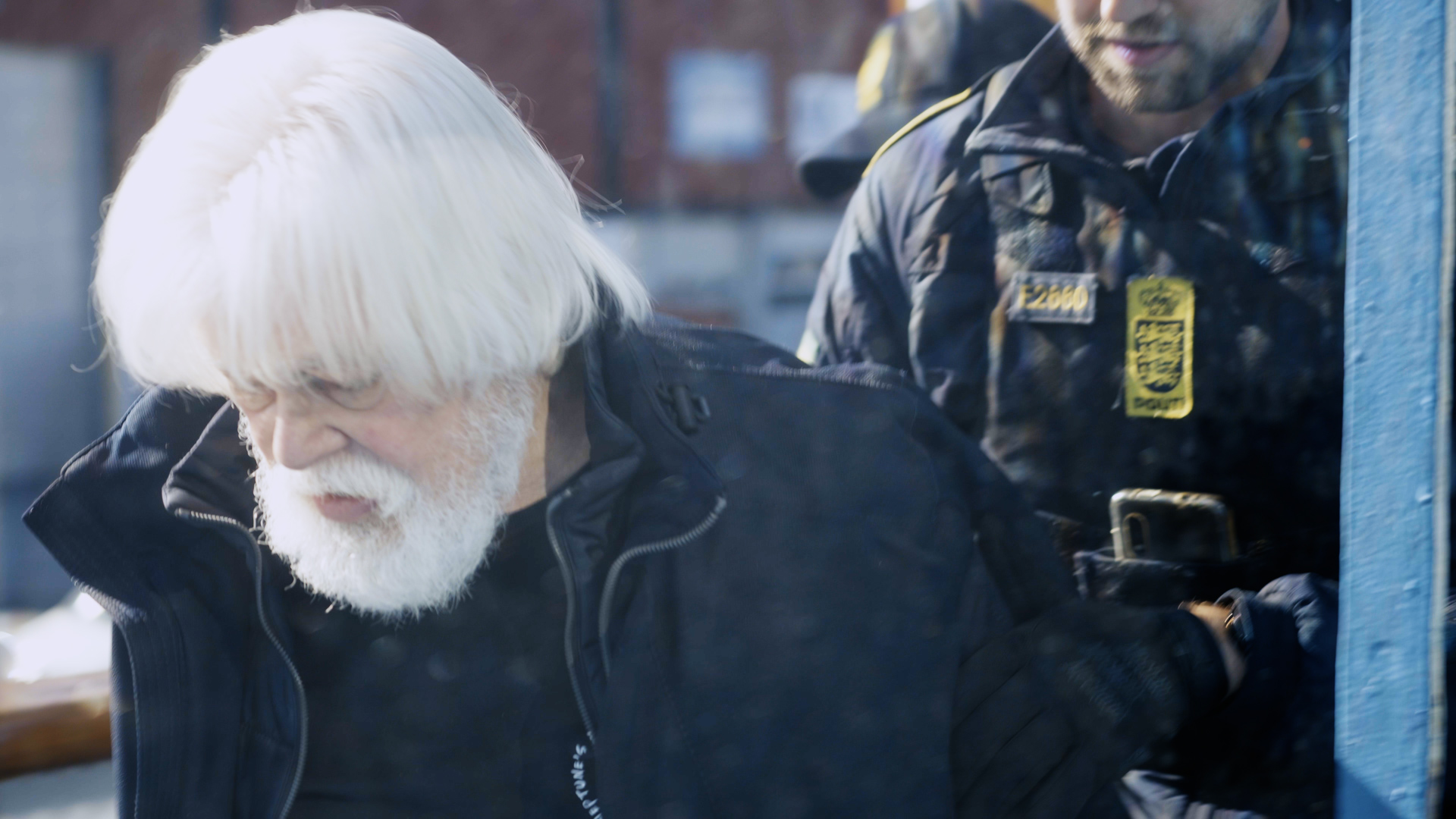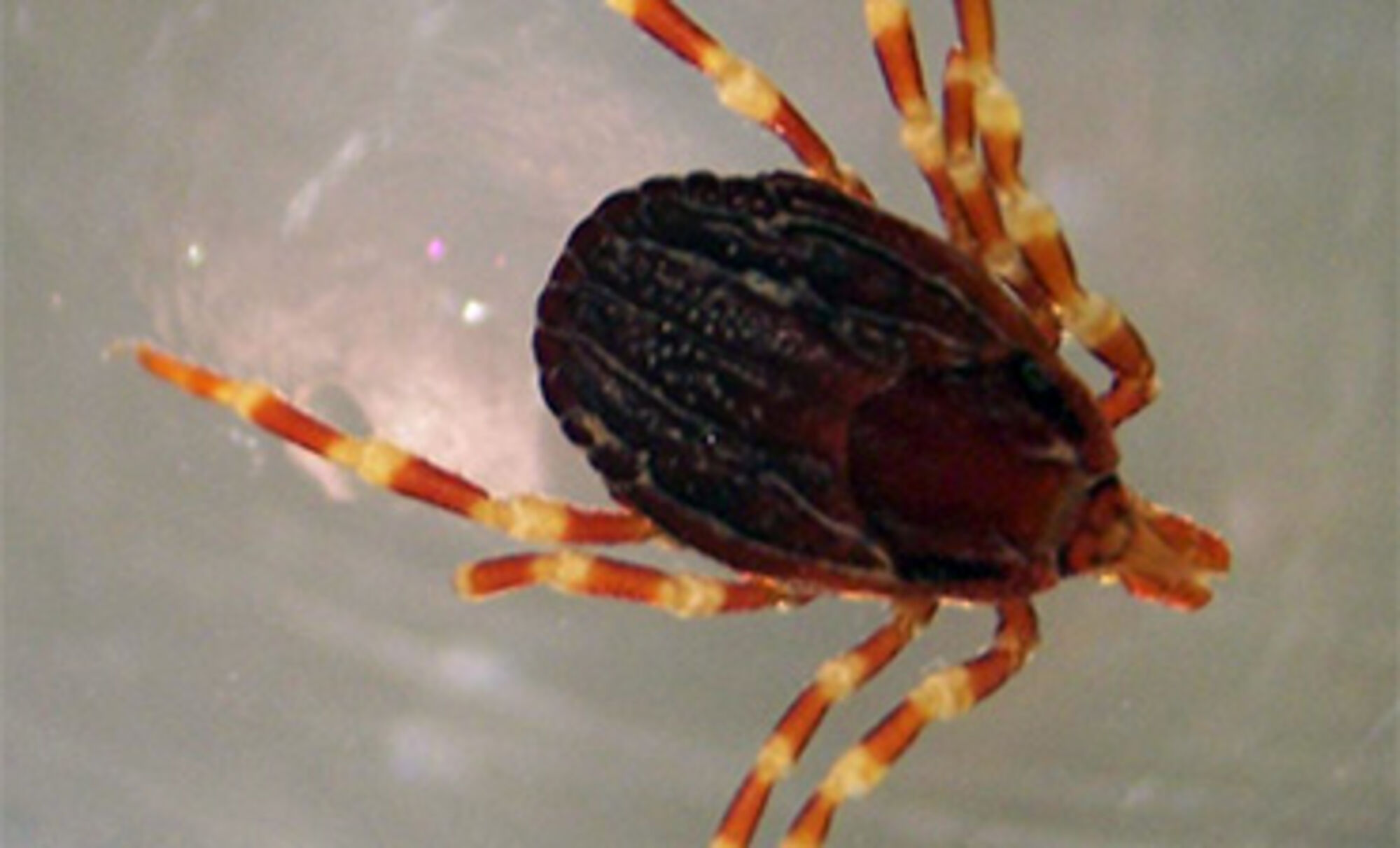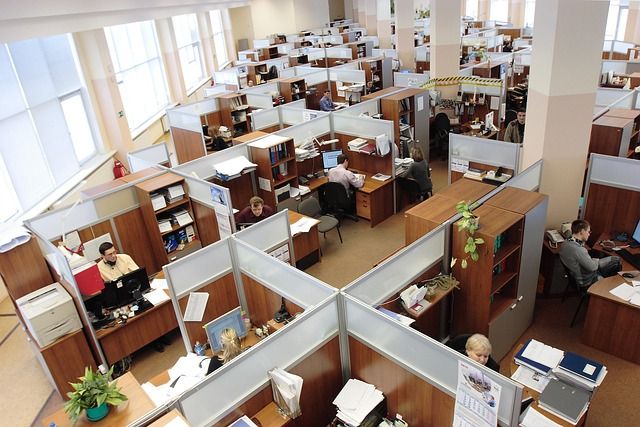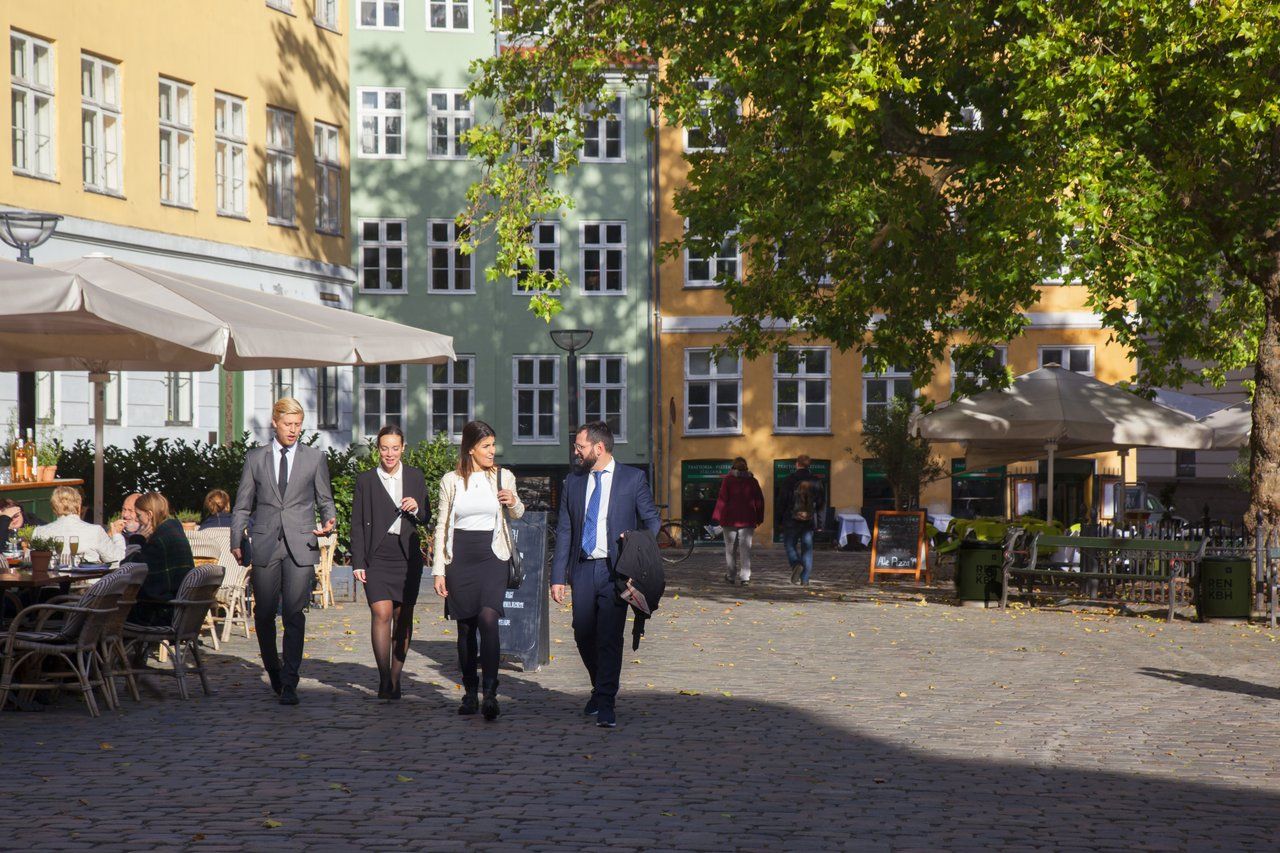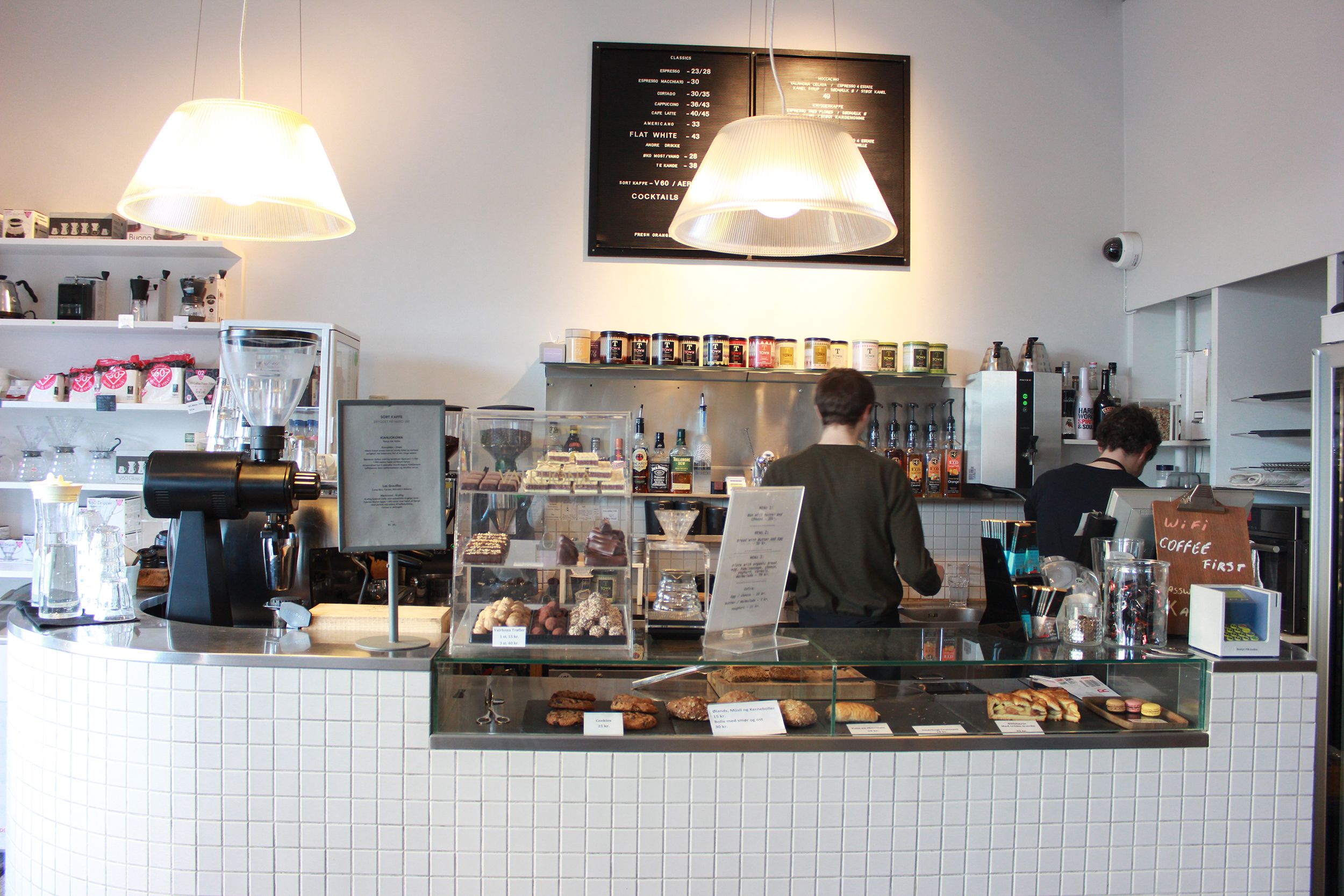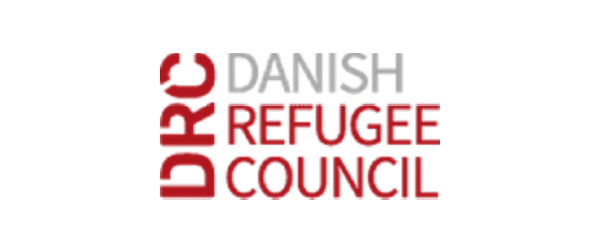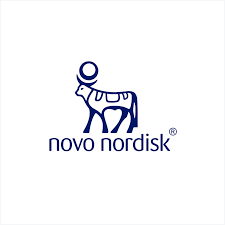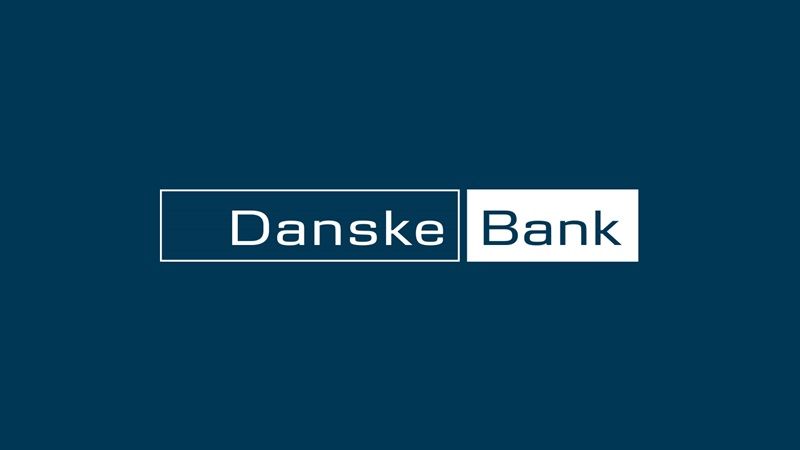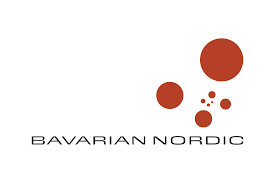Danish researchers have mapped the spider's genome, making it possible to identify all of the proteins needed to utilise spider silk for industrial purposes.
In their study, the researchers from Aarhus University document what the spider’s genome looks like and how the genome has been used to identify the proteins that are found in the spider’s silk and venom.
“The genome simplifies the work of spider researchers,” Kristian Sanggaard, researcher and co-author of the study, told Videnskab.dk. “It used to be difficult to identify the proteins in the spiders’ silk or venom, but the full genome means that we now know how the protein sequences look and that’s huge progress.”
Spider silk is five times stronger than steel and three times stronger than Kevlar, and in future the genes can be used in bacteria to mass produce silk proteins that can be used for manufacturing bullet-proof vests and wire much stronger than those available today.
READ MORE: Mussels could help clean up fjords
Genetic database
Spider silk also has an antibacterial effect so it might be possible to use it to make super plasters or artificial tendons for humans.
The issue for venom and silk researchers until now has been that they haven’t had a reference database to which they can match their results and they have often found themselves with silk and venom protein that they couldn’t identify.
But using the full spider genome as a reference database, researchers can now compare their finds with up to 27,000 genes found in the genome.
